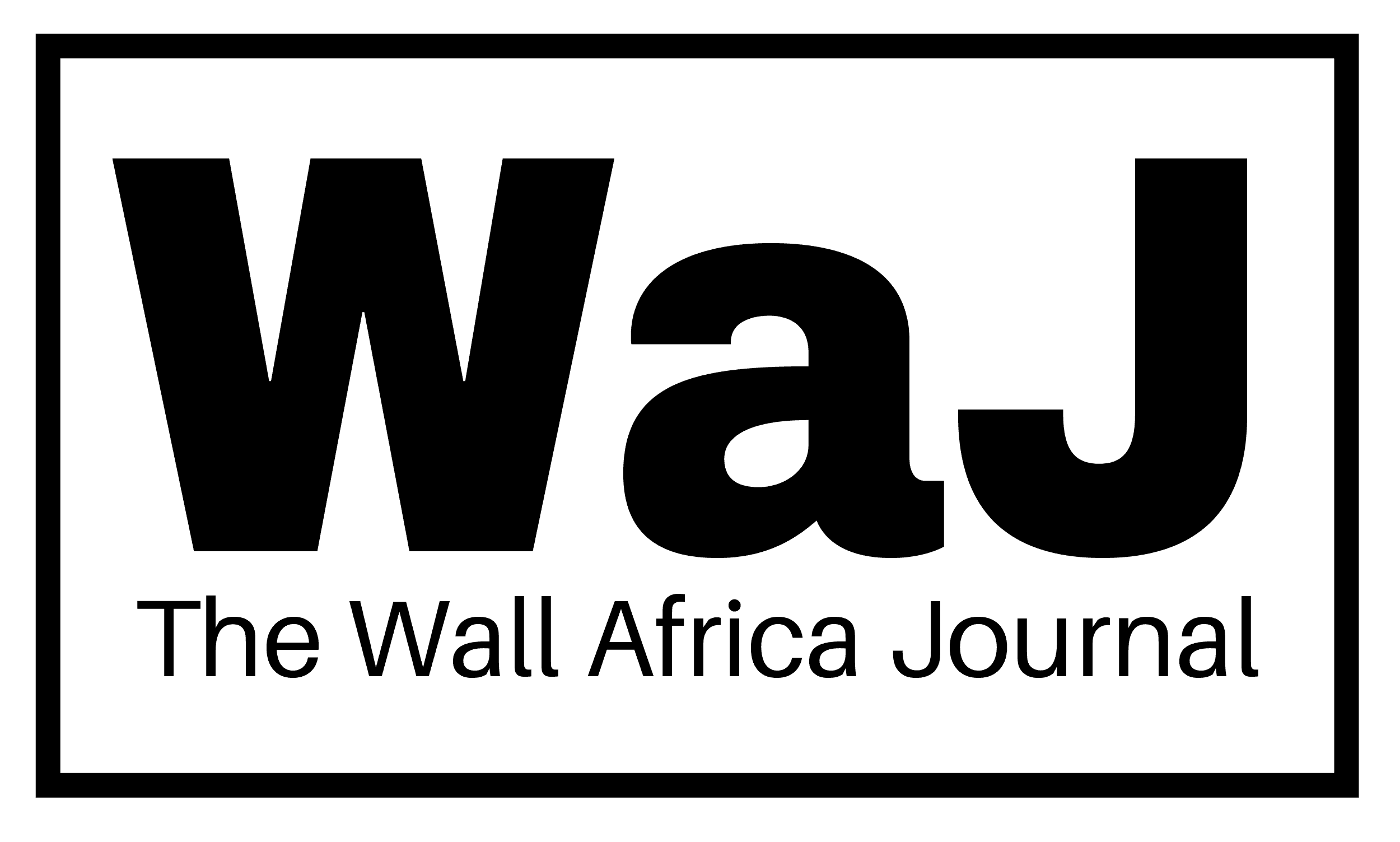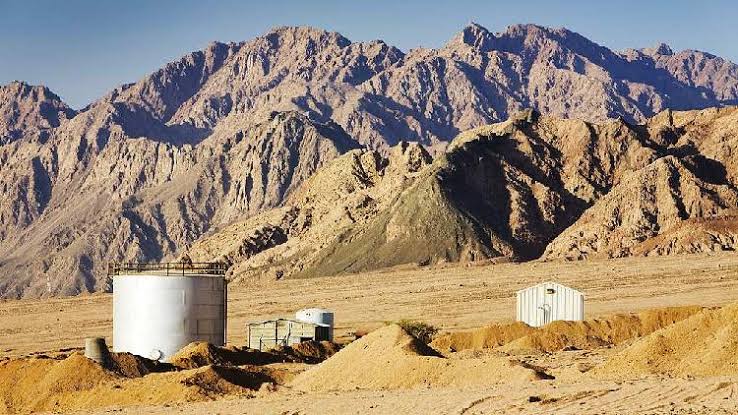Egypt’s Ministry of Petroleum and Mineral Resources announced on Sunday a significant oil and gas discovery by the Egyptian General Petroleum Corporation (EGPC) in the Abu Sennan field, located in the Western Desert—an area long known for its hydrocarbon potential.
The new well, designated GPR-1X, has shown strong preliminary results. According to the ministry, early testing reveals that the site could produce up to 1,400 barrels of crude oil per day, along with approximately one million cubic feet of natural gas daily from the Bahariya formation. These results reinforce the growing importance of the Western Desert as a vital contributor to Egypt’s domestic energy supply.
Beyond the initial output, the discovery is expected to yield an estimated two million barrels of recoverable oil, providing a notable boost to the country’s strategic petroleum reserves. This strengthens Egypt’s efforts to sustain its energy independence and economic resilience amid global market fluctuations.
Mohamed Abdel Majeed, Chairman of EGPC, confirmed that the well is currently undergoing additional testing at the production station. He also shared that preliminary electrical logging results suggest the potential presence of further petroleum reserves in the Abu Rawash G and B formations. If confirmed, this could pave the way for even greater production from the site in future phases of development.
This is the second major discovery in Abu Sennan within just three months. The ministry noted that both breakthroughs were achieved through EGPC’s integration of artificial intelligence and advanced geological analysis tools. These technologies have played a key role in optimizing exploration strategies and identifying overlooked opportunities in mature fields.
The ministry underscored that the Western Desert, though extensively explored over the years, continues to offer new prospects. The latest find reinforces the value of leveraging modern technological solutions to revitalize aging oil fields and extend their productive life spans.
Egypt has been steadily positioning itself as a regional energy hub, supported by a series of major discoveries in recent years. Among the most notable is the Zohr gas field in the Mediterranean Sea, which is estimated to contain around 30 trillion cubic feet of natural gas. This, along with new finds such as the one in Abu Sennan, is central to Egypt’s strategy to meet growing domestic demand while increasing exports of oil and liquefied natural gas to international markets.
The new discovery marks a step forward in Egypt’s long-term energy development plan and highlights the continued relevance of its Western Desert as a vital energy frontier.



